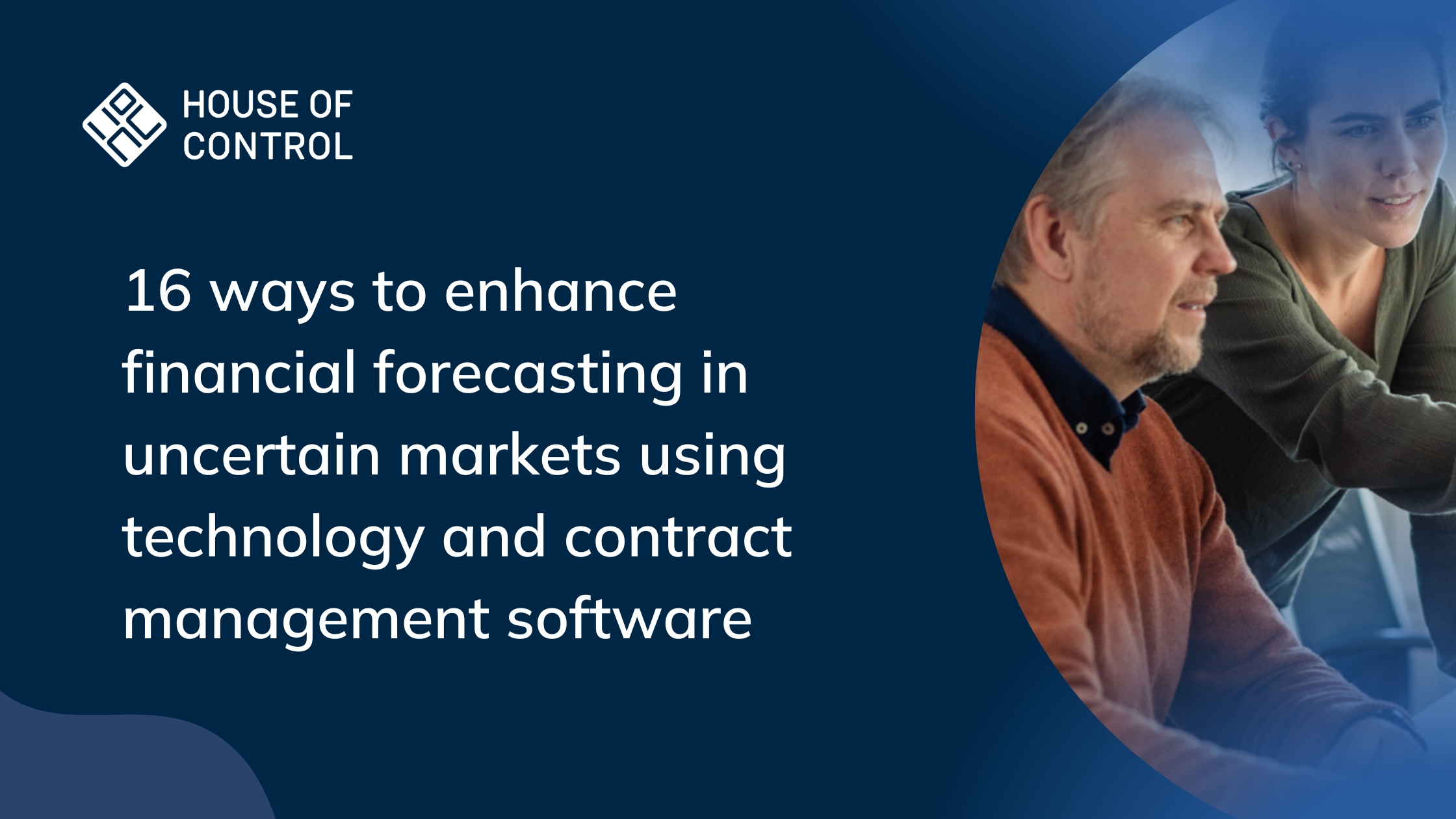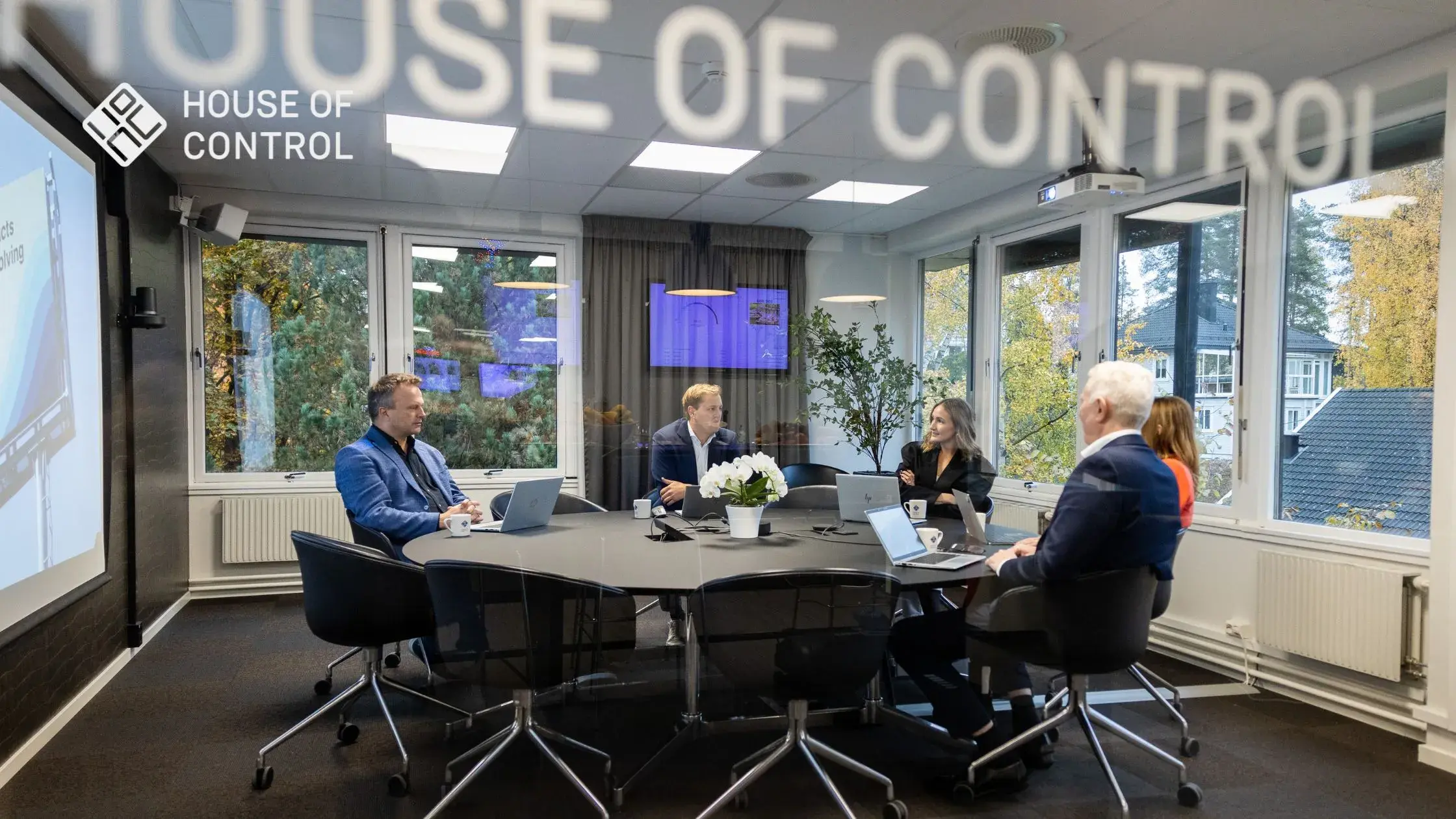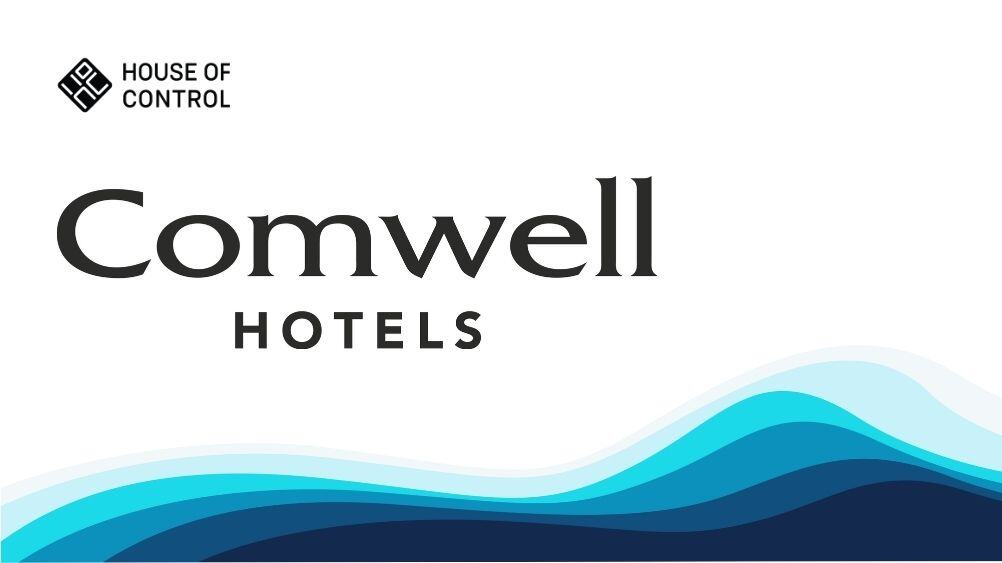Everything you need to know about contract management in 2024
Part of a professional contract management strategy involves reducing costs and reducing dependency on key personnel. In 2024 and onward, smarter dashboards, budgeting, and improved routines for purchasing and managing suppliers will become even more important. Here are 12 things to consider when improving contract management in your company.
Why are more and more people talking about contract management? What is the difference between random and deliberate handling of contracts? What is involved in moving from contract management in a relatively narrow sense to include a larger part of financial management? These are some of the questions we address in the list below.
1. It's time to eliminate dependency on key personnel
As your business grows and you have more contracts, it is more difficult to maintain control. Contracts are often being stored in folders, on a PC or server, in an inbox or as a physical document in a folder or drawer. If a overview of contracts does exist, it is spreadsheet-based and only a handful individuals know where it is. When employees quit their jobs the overview often disappears - while obligations and costs don’t.
2. Automatic notifications should be mandatory
It is important to get notified in advance of an agreement expiring. You want to be able to manage contracts proactively, negotiate terms, and ensure any renewal decisions are well informed. The person responsible for the agreement should receive several traceable notifications - and preferably a call if all e-mails are ignored.
3. Many small purchases add up to large costs
Agreements with subcontractors are often entered into by employees at the time they have the greatest need for a product, a service, or other type of delivery. Even if these purchases are for small amounts, many small purchases can have a big impact on the business. Our experience is that 10 percent of other operating costs can be eliminated by having a clear overview of company contracts.
4. The financial impact of contract must be crystal clear
If you decide to enter into a new tenancy agreement, how long are you committed? And conversely, what costs continue to run if you close a branch elsewhere in the country? What will be the combined cost of all your subcontracts next year? These questions may be difficult to answer if contracts are not centrally stored and managed. As a CFO, you want to have clear and accurate insight into the financial impact of a contract change.
5. Link the agreements to forecasts and budgets
Buyer and supplier contracts make up a significant part of the company's revenues and expenses and are therefore an important part of next year's budget. However, mapping contract costs and revenues into budgets and forecasts may be a manual, time consuming process. An increasing number of companies are digitalizing budgeting and forecasting processes using systems like Effectplan. When Effectplan is linked to Complete Control, contract data flows into budgets and forecasts with precision, improving accuracy and saving time.
6. Always be ahead using dashboards
How are customer and supplier contracts impacting the current health of the business? How are KPIs related to your customer ledger or supplier ledger changing over time? Business dashbords are the modern way to monitor contracts, financial KPIs and other key metrics, and the set-up times are decreasing. A few years ago dashboards could take months to build, but now there are dashboards are ready in a matter of hours.
7. Better contract management helps you with «IFRS compliance»
Is your company listed on the stock exchange? Do you have ambitions for a stock exchange listing - or to be acquired by larger investors? Or are there other reasons why you use IFRS? The IFRS 16 requirements place greater demands on contract management, estimates and reporting. When the number of contracts exceeds 15, the vast majority of businesses will find it cumbersome to use spreadsheets to comply with the IFRS requirements.
8. It's time to take a more responsible approach to supplier management
Companies are facing new and more complex ESG requirements. This includes questions from customers, journalists and other stake holders regarding climate, labor conditions and human rights at your suppliers place of production. Since the summer of 2022, the Norwegian Transparency Act requires companies to regularly review how labor conditions and human rights are managed.
We believe that taking a more responsible approach to subcontractors can improve risk management and have positive effects on a company's reputation. However, this work can also be burdensome, especially if you don't use digital tools. It doesn't need to be that way: A survey tool (with ready-made questions) for communicating at scale with your suppliers makes it easy to ask for various confirmations.
9. Have full control over documentation from your subcontractors
The modern business is built on a wealth of subcontractors. Does it trigger time-consuming detective work when your customers ask for documentation on, for example, IT security, material use, certifications, HSE, collective agreements, energy use, compliance and ESG matters?
In 2023, such data should be just a few keystrokes away, and it should be the subcontractors' responsibility to keep it up to date. When you get new demands from customers and authorities, you should be able to quickly conduct a binding survey where you know the supplier has responded.
10. Avoid getting important numbers, dates and other data incorrectly recorded
Do you manually input next year's contract costs into a database? Or suppliers’ names, emails and phone number? Manual managing data is both time consuming and error prone.
With modern technology, it is commonplace to read PDF documents and other types of files automatically, so that important metadata is registered quicky and precisely into databases.
11. Digital signature is more secure and efficient
Printing, signing, scanning, saving, sending back document… Traditional document signing is rapidly becoming outdated part of procurement processes – for both buyers and sellers – and being replaced by digital signature (e-signing).
Digital signatures eliminate paper processes and makes it easier to enter binding agreements. With a digital signature integrated into contract management solutions, the process is even smoother.
12. Even user-friendly solutions sometimes require personal service (and improvements)
User-friendly contract management solutions should not require extensive training. Well-designed systems should be intuitive and largely self-explanatory. If you should need help, systems should offer a full range of services, from guides, to self-help and in-person service. Even in 2022, there can be many times that you want to talk with a human who understands your language and specific needs.
Choose solutions you can grow with
Contract management - also known as contract life cycle management - is woven into several other business process. Technologies, systems and people must work together to support each other.
The safest card is to carefully evaluate and implement software that can support your goals now and going forward. Look for products that work well together, have open APIs, integrations and a solid partner ecosystem.



